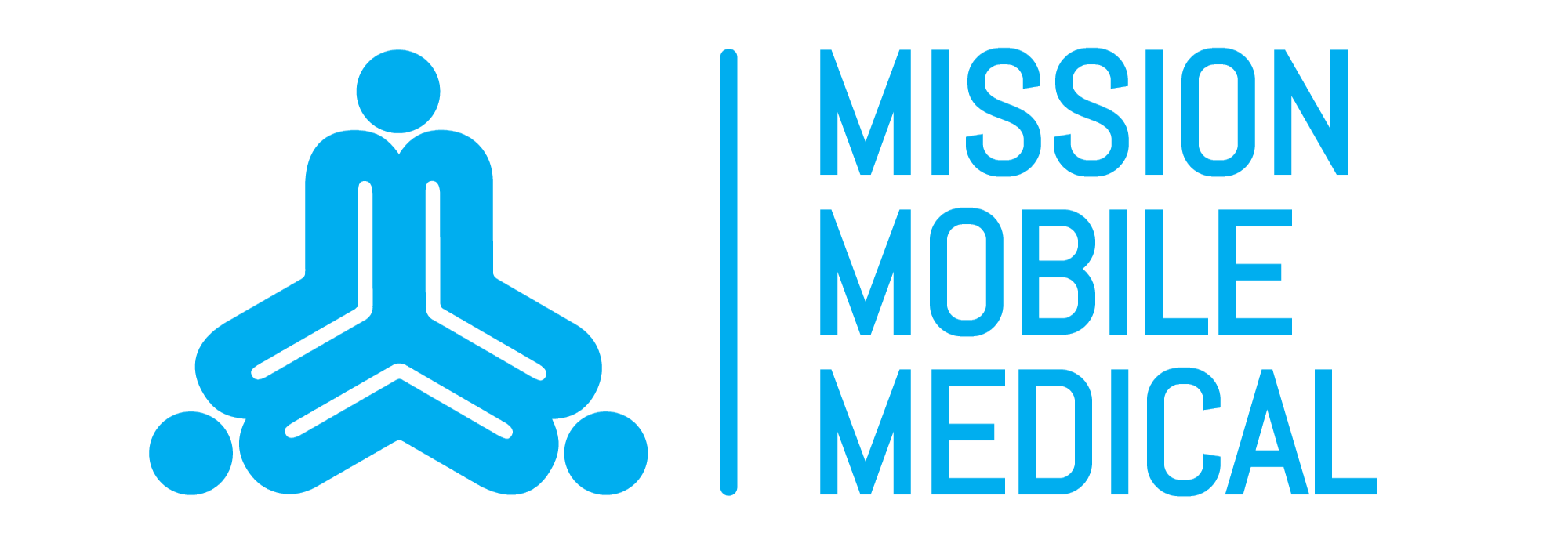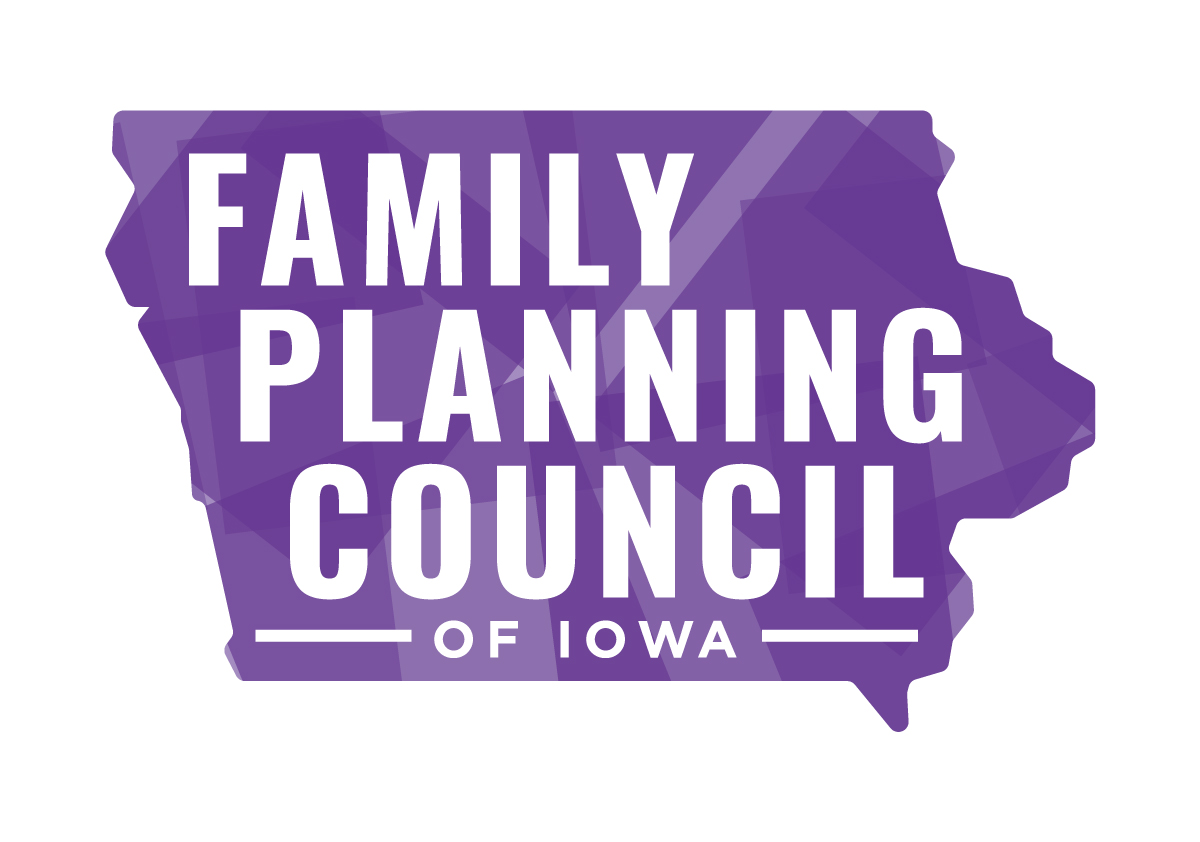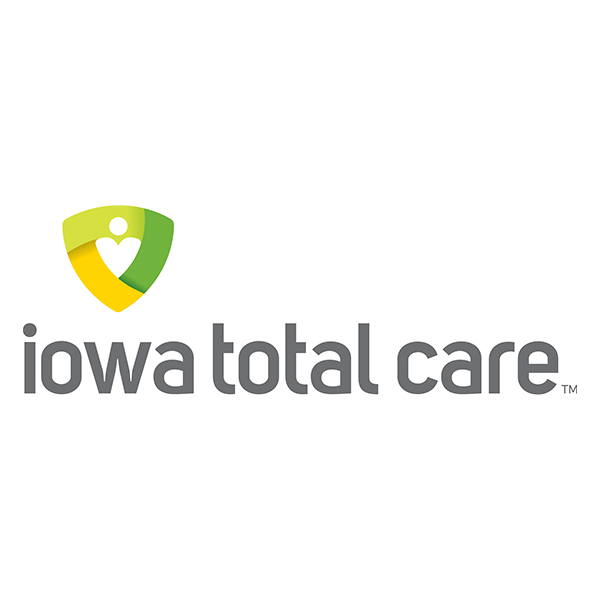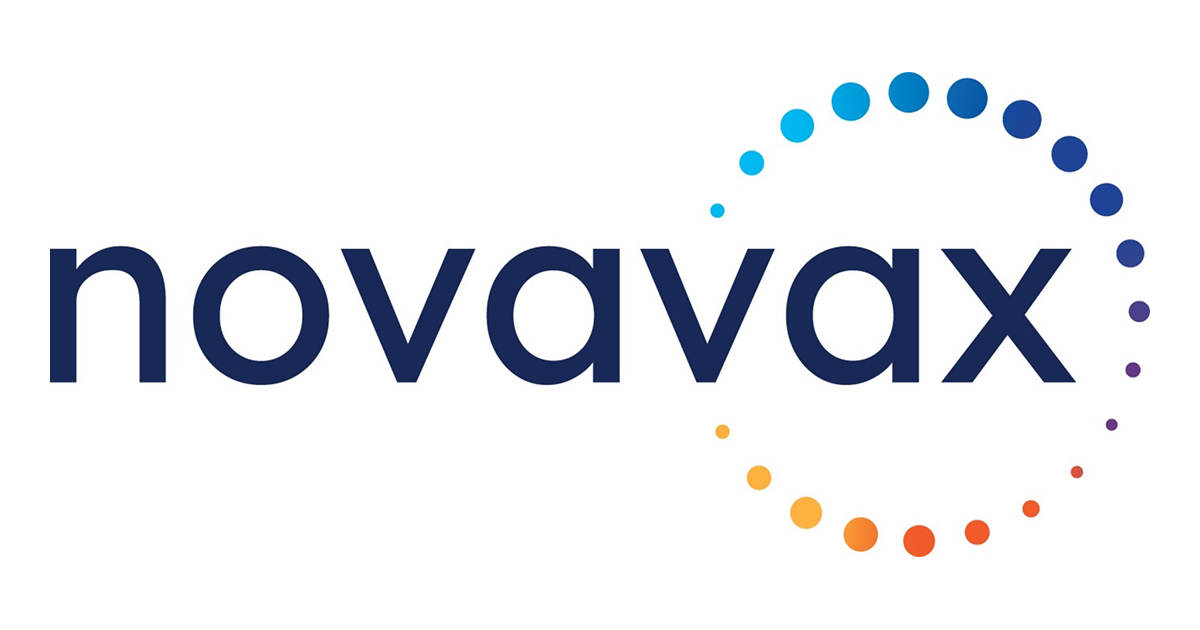To start, most of America is defined as rural by the United States Census Bureau; nearly 97% of the country’s land area is in rural counties. However, only 60 million people, roughly 19.3% of the population, live in these rural areas. It was in the 1920 Census that more than 50% of the population (51.2%) reported living in an urban area. That trend has only accelerated and is true across the country.
Much is made of the economic condition of small, rural towns, but how is their health? As it turns out, rural Americans are beset by multiple conditions that all foster and compound poor health. Adults living in rural areas tend to be older, sicker, and poorer than their urban counterparts. There are higher rates of risk factors like smoking and obesity, and higher rates of chronic conditions like diabetes. More than 50% of rural counties have no hospital-based obstetric services. More than 2,000 rural communities have only one pharmacist; for many, that pharmacist is the only local healthcare provider. To add to this, more than 113 rural hospitals have closed since 2010, leaving their surrounding communities without health services and a large employer.
Faced with these developments, community health centers have been filling gaps in care since 1965. Federally mandated to accept everyone, regardless of ability to pay or insurance status, community health centers practice an integrated care model at all their locations. Patients can walk into a health center and receive medical, dental, and behavioral health care, often in the same location. Further, health centers provide enabling services, like transportation, translation, and referrals to social services, to reduce barriers to care and improve life outside of the health center. This model has made health centers one of the most cost-effective options available; they save the U.S. healthcare system $28 billion annually and cost 27% less than other providers in Iowa.
More than 216,000 patients visited one of the 85 delivery sites in Iowa in 2018, and the number of patients and visits continues to rise. To meet this demand, health centers have been expanding by adding more sites and hiring local providers to care for the community. They are exploring novel approaches like telehealth and unique partnerships with local partners to continue to increase access to care. Together with their community partners, health centers are working to meet the unique challenges rural Iowans face when accessing healthcare services.



























.png)











